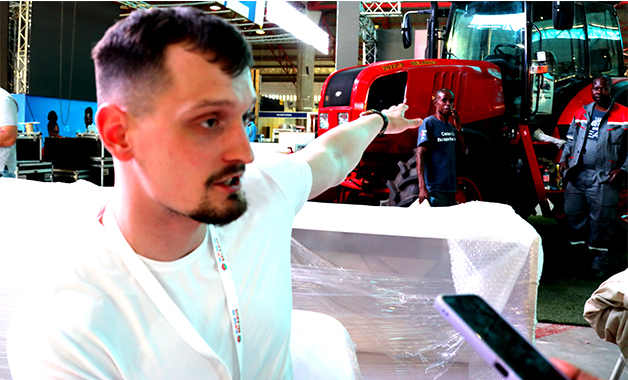Leather sector sweats over price instability

Pride Mahlangu, Business Reporter
TANNERS and leather manufacturers have said their operations are being crippled by price instability, which has seen the sector incurring high operational costs with subdued earnings.
Tanners Footwear and Leather Goods Manufacturers Association of Zimbabwe (TAFLAZ) deputy chairperson, Mr Stuart Simali, said the price inconsistencies were chewing into manufacturers’ earnings while enriching retailers who have a leeway to keep changing their prices.
“In this inflationary environment it’s so difficult to operate especially for us as manufacturers. When retailers come and order finished products from us, they pay us maybe in 15 or 30 days after.
“When inflation rises, they can easily increase their prices because they already have the stock in their shelves, but I have sold the shoes already and how do I change my price thereafter,” said Mr Simali.
“As an industry we are hard hit because we supply in bulk, once the shoes are gone they are gone there is no way I can go to the retailers and say can I change the price now that the price of everything have changed. So, that’s eating on our working capital, it is eating on our planning. I don’t know how the Government can stop the currency instability so that as an industry we can play our part.”
TAFLAZ chairperson, Mr Arnold Britten, concurred saying the incessant price changes were also affecting the way they cushion workers from the economic hardships.
“Our employees are faced by the hardships. As an industry we have to look after our employees but our ability to look after them only reaches a certain level. As Mr Simali says, you have sold your product but then the economy changes but I need to cushion my workforce,” he said.
“As a company and industry, we haven’t been compensated for that extra incentive we have given our workers. So, the burden falls on the company to try and balance the two equations.”
Mr Britten also said the industry was facing various challenges such as increased cost of production, which makes their products expensive as they need more support.
He said lack of foreign currency in the whole value chain was compromising quality production.
“We need support with access to foreign currency to help us import the raw materials we need because the cost of foreign currency is very expensive and that is what is killing our cost of production, that’s the main issue,” he said.
“The second one is that we need steady supply of power because this start-stop production mode is not very good as we can’t plan our production. Today we have power, tomorrow we don’t have power but I am still paying employees and all the overheads but I am not producing.”
Mr Simali said disruption of production due to power cuts has increased their costs of doing business and made the price of their products higher compared to peers in the region when they export.
“I think it’s important for us to support local products. It is important for Zimbabweans to buy local products.
“I know we rely a lot on importing from South Africa and China but the only way we are going to grow our leather industry is when people support our local manufacturers,” he said.
TAFLAZ is part of Zimbabwe Leather Development Council, which is tasked with the development of the leather value chain and is in the process of developing the leather recovery strategy.
Last year tanners and leather manufacturers brought US$37 million into the country through exports. The industry has the ability to bring more foreign currency to the country if it gets the support it needs.
At its peak in the early 1990s, the country’s leather industry used to employ more than 6 000 people but it now employs just over 1 000. — @pridesinstinctz











Comments